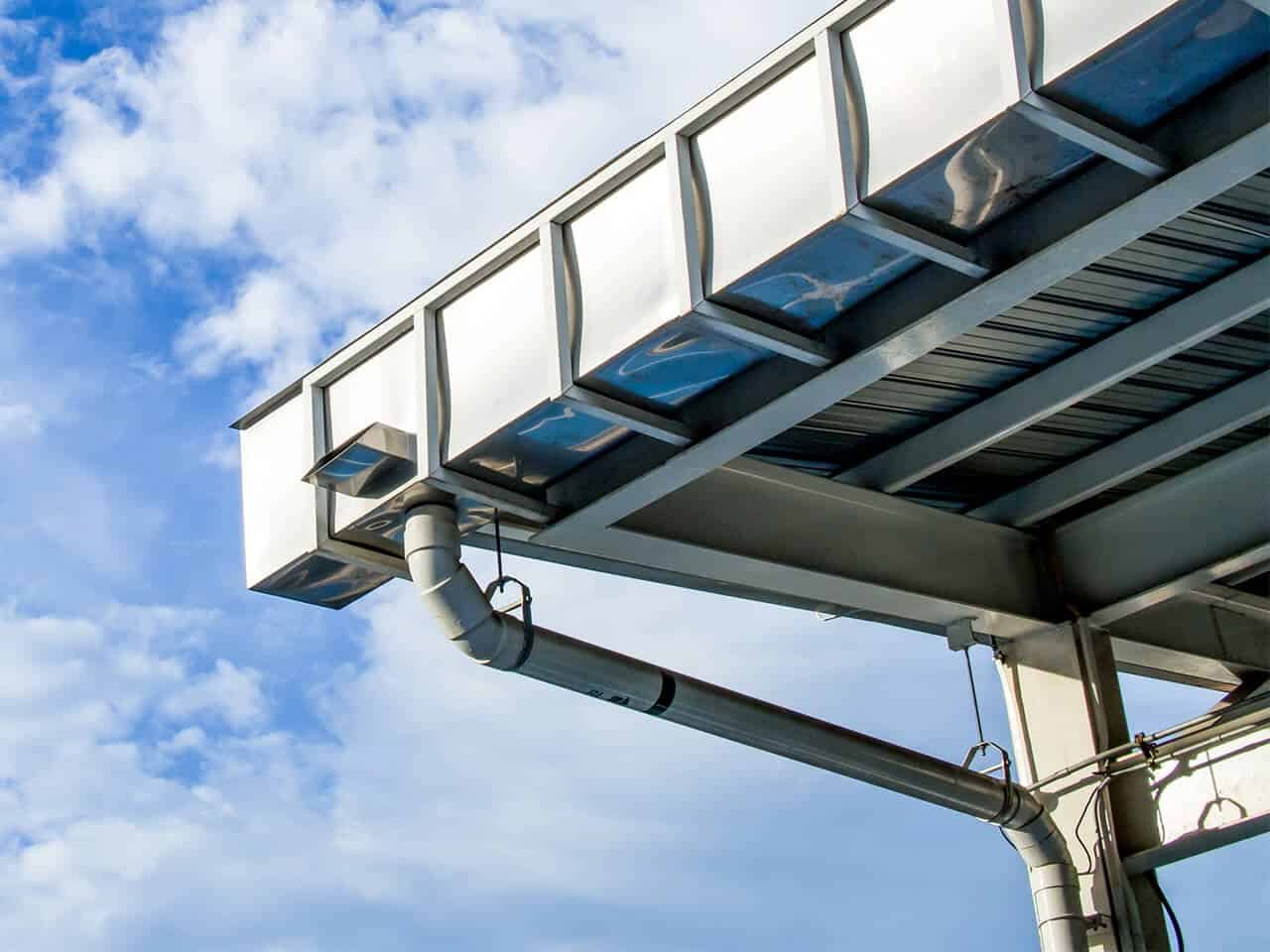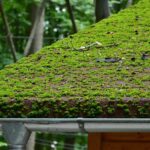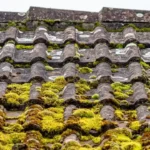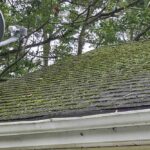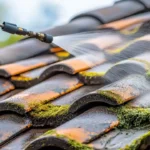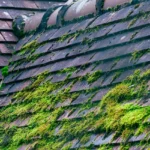Effective roof drainage solutions are essential for maintaining the integrity and longevity of residential buildings. A well-designed drainage system prevents water accumulation, which can lead to structural damage, mold growth, and other costly issues. It’s crucial for homeowners to understand the importance of a robust drainage system and how it can protect their investment.
In this article, we will explore various roof drainage solutions for residential buildings, highlighting their benefits and how they can be implemented effectively. Whether you are building a new home or upgrading an existing one, understanding these solutions is vital for ensuring your home’s safety and durability.

The Importance of Roof Drainage Systems
Roof drainage systems play a critical role in diverting water away from your home. Without a proper system, rainwater can accumulate on the roof, leading to leaks and water damage. This can compromise the structural integrity of the building and lead to costly repairs.
Moreover, efficient drainage systems help in preventing soil erosion around the foundation and reduce the risk of basement flooding. By channeling water away from the building, these systems protect both the interior and exterior of your home. For more information on how to maintain and improve your roof drainage, visit Unclog systems.
Types of Roof Drainage Solutions
Gutter Systems
Gutters are one of the most common roof drainage solutions. Installed along the edges of the roof, gutters collect rainwater and direct it away from the building through downspouts. Gutters are available in various materials, including aluminum, copper, and vinyl, each with its own set of advantages.
Regular maintenance, such as cleaning debris and checking for leaks, is crucial for ensuring the efficiency of gutter systems. Learn more about Downspout repair to keep your gutters functioning optimally.
Downspouts
Downspouts are vertical pipes that carry water from the gutters to the ground or a designated drainage area. Properly positioned downspouts ensure that water is effectively directed away from the foundation, preventing water damage and basement flooding.
For homeowners looking to install or repair downspouts, it’s essential to consider factors such as slope and length to maximize efficiency. You can find DIY tips for maintaining downspouts at DIY tips.
Drip Edges
A drip edge is a metal flashing installed along the roof’s edges to direct water away from the fascia and into the gutters. Drip edges prevent water from seeping under the roofing materials and causing damage to the roof deck and fascia boards.
Drip edges are a simple yet effective addition to any roof drainage system, ensuring water is efficiently channeled into the gutters. For a comprehensive roof inspection checklist, see Inspection checklist.
Scuppers
Scuppers are openings on the edge of the roof that allow water to drain into downspouts or directly onto the ground. They are commonly used in flat or low-slope roofs where traditional gutters may not be suitable. Scuppers are an effective solution for managing water flow and preventing ponding on the roof surface.
Internal Drains
Internal drains are installed through the roof surface and connect to pipes that channel water to the ground or a storm sewer. These systems are often used in commercial buildings but can also be beneficial for residential properties with flat roofs. Internal drains require regular maintenance to prevent clogging and ensure proper water flow.
Choosing the Right Solution for Your Home
When selecting a roof drainage solution for your home, consider factors such as roof type, climate, and budget. Consulting with a professional roofing contractor can help you determine the best system for your specific needs. Additionally, regular maintenance and inspections are crucial for keeping your drainage system in top condition.
For homeowners in need of expert advice on roof drainage solutions, consider reaching out to reputable contractors. A trusted resource is Maryland Roofers who provide valuable insights and services.
Maintenance Tips for Roof Drainage Systems
Proper maintenance is key to ensuring the longevity and efficiency of your roof drainage system. Here are some tips to keep in mind:
- Regularly clean gutters and downspouts to prevent clogging.
- Inspect for leaks and repair them promptly.
- Trim overhanging branches to reduce debris accumulation.
- Check for signs of rust or corrosion in metal components.

FAQs
Why is roof drainage important for residential buildings?
Roof drainage is crucial for preventing water damage to the structure and foundation of a home. It helps in directing rainwater away from the building, reducing the risk of leaks, mold growth, and structural issues.
What are the common signs of drainage problems?
Common signs include standing water on the roof, overflowing gutters, water stains on ceilings, and dampness in the basement. Regular inspections can help identify and address these issues promptly.
How often should I clean my gutters?
It’s recommended to clean gutters at least twice a year, in spring and fall. However, if you live in an area with heavy foliage, more frequent cleaning may be necessary to prevent clogs.
By understanding and implementing effective roof drainage solutions, homeowners can protect their investment and ensure a safe, dry living environment. For additional guidance on maintaining your home’s roof, explore Roof checklist.
This article contains affiliate links. We may earn a commission at no extra cost to you.



